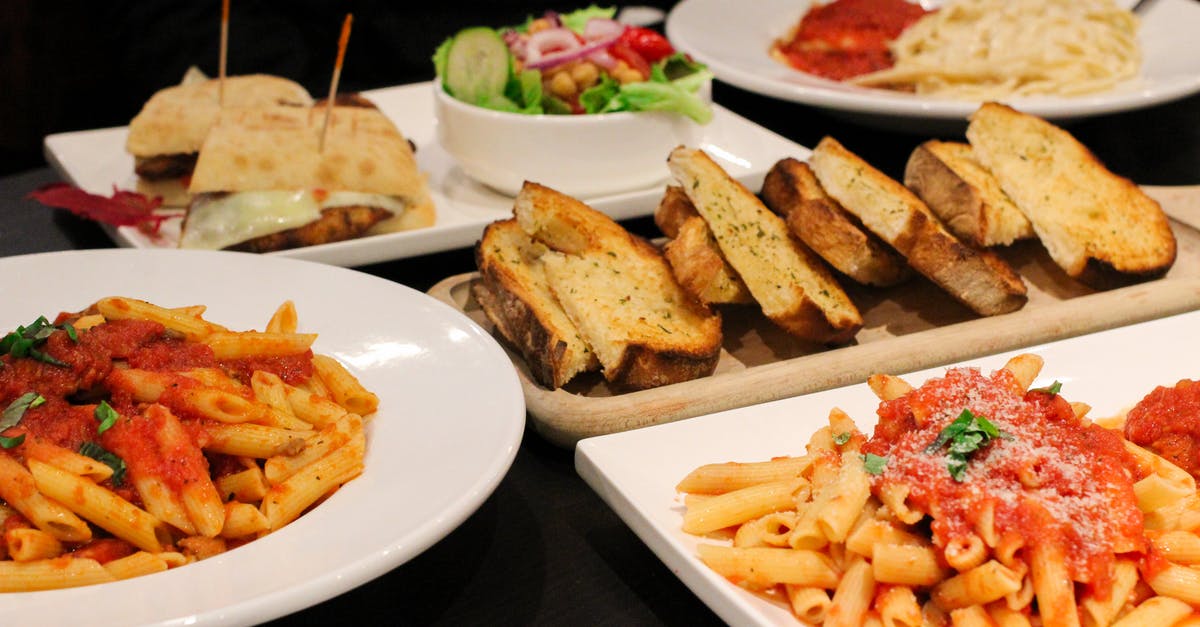Principles of full flavour in dishes

I have become interested in learning how to cook better, and how cooking works.
I prepared a dish, a kind-of pie made from tortillas as the base and top, with potato, feta cheese, sauteed soft rings of onion, mushrooms, garlic and spinach in olive oil with pepper as the filling ingredients, and baked until crispy. A pretty simple recipe. A lot of my meals so far seem to be based on this base of onion, mushroom, and garlic.
When eating the dish, I found that certain ingredients on their own were too much, mainly the spinach (bitter) and feta cheese (overwhelming), and that certain combinations of the ingredients were good, potato and feta, or onion and garlic, but when I ate full slices (ie. containing nearly all ingredients) they all faded into each other and lost sharpness and therefore seemed bland
I know without going into the specifics of my preparation of these ingredients, it may be hard to come up with suggestions, and this is a very general question but I am trying to understand the bigger picture of combinations of tastes, and cooking techniques to make food that tastes really good, so I am wanting suggestions of further ingredients, or techniques to refine this base, and add more flavour and quality to my dishes.
I appreciate any input or suggestions.
Thanks
Best Answer
One of the most important things to consider when designing a dish is the balance of tastes in the dish: salty, sweet, sour, bitter, and umami. Remember that certain tastes can combine with each other to cancel each other out, enhance one another, and sometimes even create new tastes. Here are three rules of thumb that should help:
- Sweetness can complement and even suppress bitterness. As an example, think of beer.
- Saltiness, in general, enhances the other tastes, and can often be masked by them. Sweetness, for example, can suppress saltiness and, at the same time, saltiness can enhance sweetness. That's why many baked confections contain salt. Also, that's one reason why a classic pairing for salty feta cheese is sweet watermelon.
- Sourness/acidity can make fatty foods seem less fatty. That's one reason why fatty meats are often served with vinegar-based sauces.
It is important to think about what each ingredient contributes to the dish in terms of taste, flavor, texture, and color. If two ingredients are serving the same purpose, then chances are you don't need one of them. In your specific case, here is what some of your ingredients contribute in terms of taste:
- Feta: Salty.
- Onion: Sweet.
- Mushrooms: Umami.
- Spinach: Bitter and slightly sweet.
The other ingredients are mostly just adding flavor and texture, which may not be necessary in your case. Also, keep in mind that the oil, feta, and tortillas (assuming you are using flour tortillas) all contain fat, so you may want to bump-up the sourness a bit. Also, if you found that the spinach was too bitter, you could offset it by reducing the amount and perhaps caramelizing your onions a bit more to add sweetness. You could also add some balsamic vinegar to your onions as they caramelize which will both make them sweeter and also add some acidity.
As a final suggestion, make sure to write everything down! That way, then next time you try this recipe you will know (1) how much of each ingredient you used before, and (2) what ingredients you'd like to alter.
Pictures about "Principles of full flavour in dishes"



What are the flavor principles?
The foundational flavors: Salty, Sweet, Bitter, Sour, Umami, And Sometimes Spicy. Without much practice, it can be difficult to pinpoint the different flavors that are in a recipe or composed dish.What are the five core elements of balanced flavors?
Here's an introduction to balancing the five key flavours in your cooking. Sweet, salty, sour, bitter and umami are five taste elements that build our overall perception of flavour.How can I make my dishes more flavorful?
5 Ways to Add Flavor Without Adding More SaltWhat are the three food attributes of flavor?
Freshness, spiciness, sweetness, and other flavor attributes are critical to our eating pleasure. Aroma refers to the smell of a food product, whereas flavor includes both aroma and taste.How to Create a Balance of Flavors in Your Cooking
More answers regarding principles of full flavour in dishes
Answer 2
My guess is that you are using too many bold flavors that are getting confused in your palate when you eat them all at once. I would recommend retrying this (and other) dishes you make with 3 or 4 'flavorful' ingredients and seeing how that changes the end product. Look at traditional dishes from cuisines you like - an example would be a Greek spinach-feta pie. There are really only two bold flavors in that dish - feta and spinach. Another classic example is a basic margherita pizza - three flavors; mozzarella cheese, basil and tomato sauce (which counts as one bold flavor as opposed to each of its component ingredients flavors). This isn't universally true, especially for things like stews that tend to have many flavors that cook down into each other, but for basic, experimental recipes I think it is a helpful rule of thumb.
Sources: Stack Exchange - This article follows the attribution requirements of Stack Exchange and is licensed under CC BY-SA 3.0.
Images: Ryutaro Tsukata, Ryutaro Tsukata, Trang Doan, Edward Arnold
